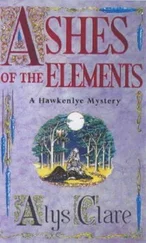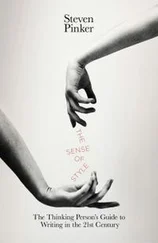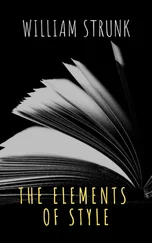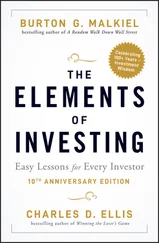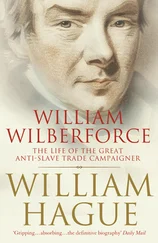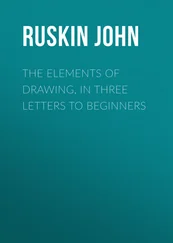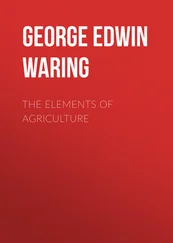William Strunk Jr.
Published by

Books
- Advanced Digital Solutions & High-Quality eBook Formatting -
musaicumbooks@okpublishing.info
2018 OK Publishing
ISBN 978-80-272-4479-9
I. Introductory
II. Elementary Rules of Usage
1. Form the possessive singular of nouns with 's.
2. In a series of three or more terms with a single conjunction, use a comma after each term except the last.
3. Enclose parenthetic expressions between commas.
4. Place a comma before and or but introducing an independent clause.
5. Do not join independent clauses by a comma.
6. Do not break sentences in two.
7. A participial phrase at the beginning of a sentence must refer to the grammatical subject.
8. Divide words at line-ends, in accordance with their formation and pronunciation.
III. Elementary Principles of Composition
9. Make the paragraph the unit of composition: one paragraph to each topic.
10. As a rule, begin each paragraph with a topic sentence; end it in conformity with the beginning.
11. Use the active voice.
12. Put statements in positive form.
13. Omit needless words.
14. Avoid a succession of loose sentences.
15. Express co-ordinate ideas in similar form.
16. Keep related words together.
17. In summaries, keep to one tense.
18. Place the emphatic words of a sentence at the end.
IV. A Few Matters of Form
V. Words and Expressions Commonly Misused
VI. Words Commonly Misspelled
Table of Contents
This book is intended for use in English courses in which the practice of composition is combined with the study of literature. It aims to give in a brief space the principal requirements of plain English style. It aims to lighten the task of instructor and student by concentrating attention (in Chapters II and III) on a few essentials, the rules of usage and principles of composition most commonly violated. The numbers of the sections may be used as references in correcting manuscript.
The book covers only a small portion of the field of English style, but the experience of its writer has been that once past the essentials, students profit most by individual instruction based on the problems of their own work, and that each instructor has his own body of theory, which he prefers to that offered by any textbook.
The writer's colleagues in the Department of English in Cornell University have greatly helped him in the preparation of his manuscript. Mr. George McLane Wood has kindly consented to the inclusion under Rule 11 of some material from his Suggestions to Authors .
The following books are recommended for reference or further study: in connection with Chapters IIand IV:
F. Howard Collins, Author and Printer (Henry Frowde);
Chicago University Press, Manual of Style;
T. L. De Vinne Correct Composition (The Century Company);
Horace Hart, Rules for Compositors and Printers (Oxford University Press);
George McLane Wood, Extracts from the Style-Book of the Government Printing Office (United States Geological Survey);
In connection with Chapters IIIand V:
Sir Arthur Quiller-Couch, The Art of Writing (Putnams), especially the chapter, Interlude on Jargon;
George McLane Wood, Suggestions to Authors (United States Geological Survey);
John Leslie Hall, English Usage (Scott, Foresman and Co.);
James P. Kelly, Workmanship in Words (Little, Brown and Co.).
It is an old observation that the best writers sometimes disregard the rules of rhetoric. When they do so, however, the reader will usually find in the sentence some compensating merit, attained at the cost of the violation. Unless he is certain of doing as well, he will probably do best to follow the rules. After he has learned, by their guidance, to write plain English adequate for everyday uses, let him look, for the secrets of style, to the study of the masters of literature.
II. Elementary Rules of Usage
Table of Contents
1. Form the possessive singular of nouns with 's.
Table of Contents
Follow this rule whatever the final consonant. Thus write,
| Charles's friend |
| Burns's poems |
| the witch's malice |
This is the usage of the United States Government Printing Office and of the Oxford University Press.
Exceptions are the possessives of ancient proper names in -es and -is , the possessive Jesus' , and such forms as for conscience' sake , for righteousness' sake . But such forms as Achilles' heel , Moses' laws , Isis' temple are commonly replaced by
| the heel of Achilles |
| the laws of Moses |
| the temple of Isis |
The pronominal possessives hers, its, theirs, yours, and oneself have no apostrophe.
2. In a series of three or more terms with a single conjunction, use a comma after each term except the last.
Table of Contents
Thus write,
| red, white, and blue |
| honest, energetic, but headstrong |
| He opened the letter, read it, and made a note of its contents. |
This is also the usage of the Government Printing Office and of the Oxford University Press.
In the names of business firms the last comma is omitted, as
| Brown, Shipley and Company |
The abbreviation etc. , even if only a single term comes before it, is always preceded by a comma.
3. Enclose parenthetic expressions between commas.
Table of Contents
| The best way to see a country, unless you are pressed for time, is to travel on foot. |
This rule is difficult to apply; it is frequently hard to decide whether a single word, such as however, or a brief phrase, is or is not parenthetic. If the interruption to the flow of the sentence is but slight, the writer may safely omit the commas. But whether the interruption be slight or considerable, he must never omit one comma and leave the other. Such punctuation as
| Marjorie's husband, Colonel Nelson paid us a visit yesterday, |
or
| My brother you will be pleased to hear, is now in perfect health, |
is indefensible.
Non-restrictive relative clauses are, in accordance with this rule, set off by commas.
| The audience, which had at first been indifferent, became more and more interested. |
Similar clauses introduced by where and when are similarly punctuated.
| In 1769, when Napoleon was born, Corsica had but recently been acquired by France. |
| Nether Stowey, where Coleridge wrote The Rime of the Ancient Mariner, is a few miles from Bridgewater. |
In these sentences the clauses introduced by which, when, and where are non-restrictive; they do not limit the application of the words on which they depend, but add, parenthetically, statements supplementing those in the principal clauses. Each sentence is a combination of two statements which might have been made independently.
| The audience was at first indifferent. Later it became more and more interested. |
| Napoleon was born in 1769. At that time Corsica had but recently been acquired by France. |
| Coleridge wrote The Rime of the Ancient Mariner at Nether Stowey. Nether Stowey is only a few miles from Bridgewater. |
Restrictive relative clauses are not set off by commas.
Читать дальше



